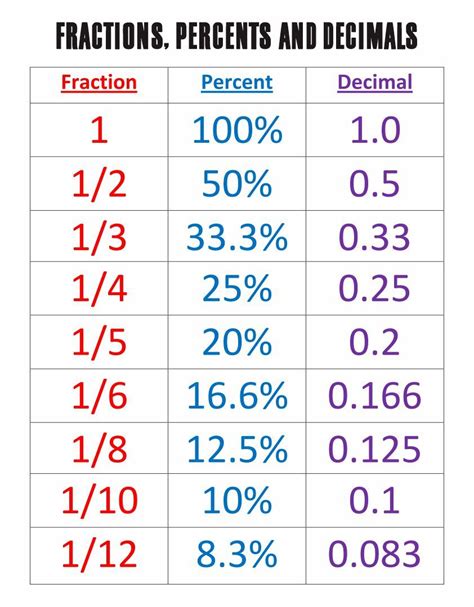What Is The Percentage Of 20 Out Of 30
Kalali
Apr 04, 2025 · 4 min read

Table of Contents
What is the Percentage of 20 out of 30? A Comprehensive Guide to Percentage Calculations
Calculating percentages is a fundamental skill with widespread applications in various aspects of life, from everyday budgeting and shopping to complex financial analyses and scientific research. Understanding how to determine percentages allows you to make informed decisions, interpret data effectively, and communicate quantitative information clearly. This comprehensive guide will delve into the specific calculation of "What is the percentage of 20 out of 30?" and then broaden the scope to offer a thorough understanding of percentage calculations, addressing common scenarios and tackling potential challenges.
Understanding Percentages: The Basics
A percentage is a way of expressing a number as a fraction of 100. The word "percent" itself is derived from the Latin "per centum," meaning "out of a hundred." Therefore, a percentage represents a proportion or ratio out of a total of 100 parts. For instance, 50% signifies 50 out of 100, which is equivalent to one-half (50/100 = 1/2 = 0.5).
Key Terminology:
- Part: The specific amount or quantity you're considering as a portion of the whole. In our example, 20 is the part.
- Whole: The total amount or quantity from which the part is taken. In our example, 30 is the whole.
- Percentage: The ratio of the part to the whole, expressed as a number out of 100. This is what we are aiming to calculate.
Calculating the Percentage of 20 out of 30: Step-by-Step
Let's break down the calculation of the percentage of 20 out of 30:
1. Set up the Fraction:
The first step is to express the relationship between the part (20) and the whole (30) as a fraction:
20/30
2. Convert the Fraction to a Decimal:
To convert the fraction to a decimal, divide the numerator (20) by the denominator (30):
20 ÷ 30 = 0.666666... (This is a recurring decimal)
3. Convert the Decimal to a Percentage:
To express the decimal as a percentage, multiply the decimal by 100 and add the "%" symbol:
0.666666... × 100 ≈ 66.67%
Therefore, 20 out of 30 is approximately 66.67%. The recurring decimal can be rounded to two decimal places for practical purposes.
Alternative Calculation Methods
While the above method is straightforward, there are alternative approaches to reach the same result:
1. Using Proportions:
You can set up a proportion to solve for the percentage:
20/30 = x/100
Cross-multiply:
30x = 2000
Solve for x:
x = 2000/30 ≈ 66.67%
2. Using a Calculator:
Most calculators have a percentage function. Simply enter "20 ÷ 30 × 100" to get the result directly.
Understanding Percentage Increases and Decreases
Percentages aren't limited to expressing parts of a whole; they are also crucial for understanding changes in values over time.
Percentage Increase:
To calculate a percentage increase, follow these steps:
- Find the difference: Subtract the original value from the new value.
- Divide by the original value: Divide the difference by the original value.
- Multiply by 100: Multiply the result by 100 to express it as a percentage.
Example: If a product's price increased from $20 to $25, the percentage increase is calculated as follows:
(25 - 20) / 20 × 100 = 25%
Percentage Decrease:
The process for calculating a percentage decrease is similar:
- Find the difference: Subtract the new value from the original value.
- Divide by the original value: Divide the difference by the original value.
- Multiply by 100: Multiply the result by 100 to express it as a percentage.
Example: If a product's price decreased from $50 to $40, the percentage decrease is calculated as follows:
(50 - 40) / 50 × 100 = 20%
Applying Percentages in Real-World Scenarios
Percentage calculations are indispensable across various fields:
- Finance: Calculating interest rates, discounts, profits, and losses.
- Retail: Determining sale prices, markups, and discounts.
- Science: Expressing experimental results, statistical data, and error margins.
- Education: Calculating grades, test scores, and performance metrics.
- Everyday Life: Understanding tips, taxes, and budgeting.
Common Mistakes to Avoid When Calculating Percentages
Several common errors can lead to inaccurate results. Be mindful of these pitfalls:
- Incorrectly identifying the whole: Ensure you are using the correct base value (the whole) when calculating percentages.
- Mixing up the numerator and denominator: Make sure you divide the part by the whole, not vice versa.
- Incorrect rounding: Rounding prematurely or inconsistently can lead to significant errors, especially in complex calculations.
- Using percentages improperly: Avoid adding percentages directly unless they are based on the same base value. For example, a 10% increase followed by a 10% decrease does not result in the original value.
Conclusion
Mastering percentage calculations is a valuable skill with far-reaching implications. By understanding the fundamental principles, using appropriate methods, and avoiding common pitfalls, you can confidently tackle percentage problems in diverse contexts, improving your analytical capabilities and decision-making skills. The calculation of 20 out of 30 as approximately 66.67% serves as a foundational example for tackling more complex percentage-related problems. Remember that careful attention to detail and a methodical approach are key to achieving accurate results.
Latest Posts
Latest Posts
-
How Much Is 21 Cm In Inches
Apr 05, 2025
-
What Is 102 Cm In Inches
Apr 05, 2025
-
What Is 58 Degrees Celsius In Fahrenheit
Apr 05, 2025
-
What Is 6 Percent Of 20
Apr 05, 2025
-
What Is 33 Inches In Feet
Apr 05, 2025
Related Post
Thank you for visiting our website which covers about What Is The Percentage Of 20 Out Of 30 . We hope the information provided has been useful to you. Feel free to contact us if you have any questions or need further assistance. See you next time and don't miss to bookmark.
